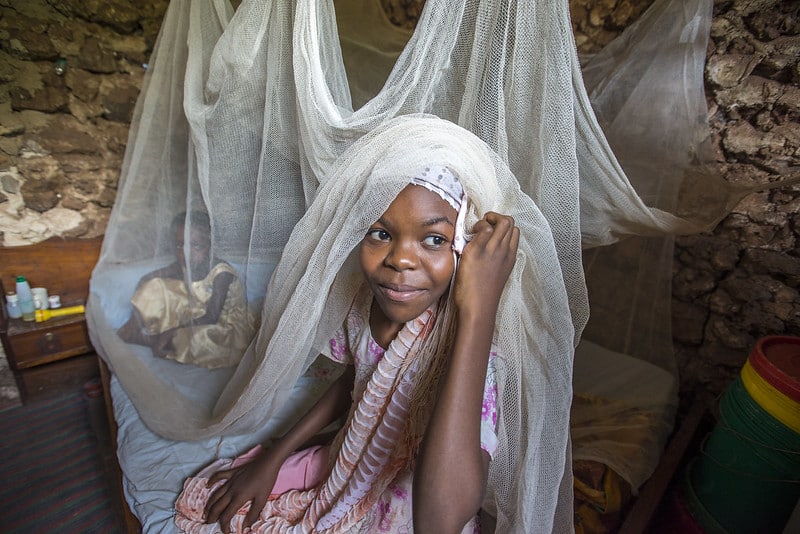Framing the use of antiretroviral therapy (ART) as a solution to the threat that HIV poses to men’s values – rather than simply in medical terms – may have a greater impact in convincing them to seek care and adhere to treatment than focusing on health benefits alone, new Johns Hopkins Center for Communication Programs research suggests.
The findings, published July 31 in AIDS and Behavior, are based on 73 in-depth interviews with men and 28 focus groups of men across three cities in Cote d’Ivoire in 2016. What the men told researchers is that HIV threatens their masculinity in many ways, not just their health. Beyond making them sick, they fear that a HIV diagnosis could mean the potential loss of a job, that future children could become infected or they could lose their social status due to the stigma of living with HIV.
Antiretroviral therapy, which helps men infected with HIV to continue to work and provide for their families and not appear ill, can be an antidote to those threats. Using these insights, researchers suggest, social and behavior change programs could develop more effective approaches to encouraging men to be tested and treated for HIV, and to stick with their medication regimen.
“Often we frame public health messages around health impacts because we assume that’s what’s most important to people,” says CCP’s Zoe Mistrale Hendrickson, PhD, who was involved in the new study. “But if we could tap into the feelings of how HIV status also impacts a man’s role in his family, his job and his sexuality, we think more men would understand why treatment is so important. It can also keep them from feeling and looking sick – and the stigma that can bring.”
With an HIV prevalence of 2.7 percent, Cote d’Ivoire has one of the highest burdens of HIV in West Africa. Men are far less likely to be tested for HIV than women. If they don’t know their status, they won’t seek treatment and can more easily spread the infection.
Test and Treat programs, designed to initiate ART immediately after diagnosis, can more successfully slow the spread of HIV if more people began treatment right away. This is a hurdle to overcome, as many men fear the side effects of treatment as well as the potential risk of having their diagnosis discovered when they go to the health center to obtain their ART.
Trying a new approach to promoting ART use would mark “a departure from a singular focus on health to consider more comprehensively how HIV threatens other aspects of men’s lives,” the authors write. “Reframing discussions of ART within the context of men’s HIV-related fears may help men re-evaluate cost-benefit assessments regarding HIV testing and treatment and enable them to engage earlier in the HIV care continuum.”
Hendrickson says that this comprehensive approach would likely also be beneficial to health care providers, enabling them to better counsel men about the issues most relevant to them, encouraging better adherence to the ART regimen.
“When I take the treatment, it gives me strength again … to go about my business,” one man infected with HIV told researchers.
The researchers concluded that messages need to “build treatment literacy in a way that does not blame, shame or rouse fear, but instead reframes service-seeking and engagement in care in an empowering way that builds on male clients’ strengths and existing values.
“SBC programs have an essential role to play in supporting men in treatment initiation, helping them appreciate the urgency of immediate enrollment in treatment while still feeling healthy, and ensuring that adherence and viral load are well understood.”
“‘You Take Medications, You Live Normally’: The Role of Antiretroviral Therapy in Mitigating Men’s Perceived Threats of HIV in Côte d’Ivoire” was written by Zoé Mistrale Hendrickson, Danielle A. Naugle, Natalie Tibbels, Abdul Dosso, Lynn M. Van Lith, Elizabeth C. Mallalieu, Diarra Kamara, Patricia Dailly‑Ajavon, Adama Cisse, Kim Seifert Ahanda, Sereen Thaddeus, Stella Babalola and Christopher J. Hoffmann.
The research was funded by PEPFAR through the United States Agency for International Development [Cooperative Agreement #AID-OAA-A-12-00058].




